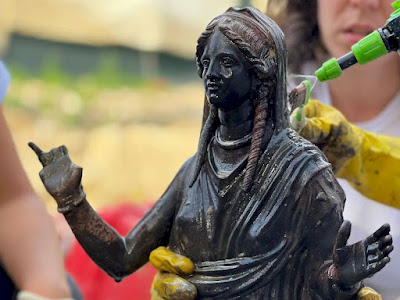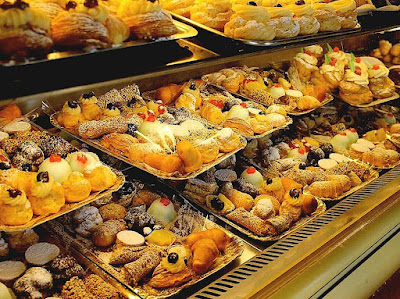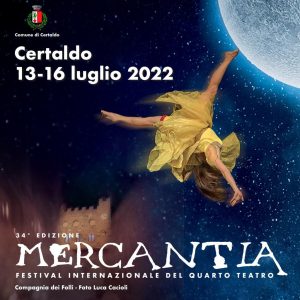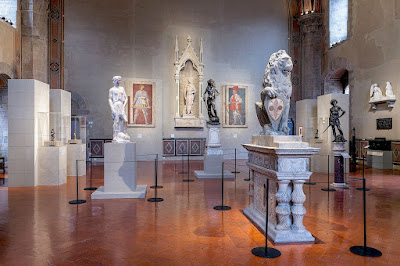UPDATE 1 June 2022
"As of 1 June, 2022, a Green Pass or equivalent certificate is no longer needed to enter Italy," the Ministry of Foreign Affairs and International Cooperation tells us, "All Covid-19 related entry restrictions have been lifted."
From June 16, 2022, it is mandatory to use FFP2 masks to access and use the following means of transport within Italy:
- ships and ferries used for interregional transport services;
- trains used in interregional transport, Intercity, Intercity Night and High Speed passenger rail transport services;
- buses and coaches for transport services between more than two regions;
- buses and coaches used for rental services with driver;
- local or regional public transport services;
- school transport dedicated to primary, lower and upper secondary school students.
Furthermore, workers at, users of and visitors to health, social-health and social-welfare facilities,
including hospitality and long-term care facilities, health residences, are obliged to wear respiratory protection devices (i.e. at least surgical masks).
UPDATE 12 February 2022: CNN have published an accurate and comprehensive article on the current Covid regulations for visitors to Italy. In essence, visitors from most of the countries that traditionally send many tourists to Italy can enter the country. It helps a lot if you have been vaccinated, preferably including a booster but this is not absolutely essential. Unvaccinated tourists must be tested, isolate for five days and show the results of a second negative test at the end of that time. Masks are still required pretty much everywhere, including outside, and in public transport they must be FFP2 masks.
Covid regulations for visitors to Italy
UPDATE 25 October 2021: Tourists from outside Italy are free to enter and travel around the country if they are in possession of certification that they have been fully vaccinated against covid19. The same certificate will allow entry into museums and other public spaces.
UPDATE 16 May 2021: Delta Airlines COVID-tested flights between the U.S. and Italy will open to all customers effective today, May 16, following the Italian government's lifting of entry restrictions enabling American leisure travelers to visit Italy again. My recommendation is that you should be vaccinated against covid19 before coming to Italy on vacation. I would even expect that to become Italian government policy.
UPDATE 9 May 2021: The latest hint from the Prime Minister is that Italy will welcome vaccinated visitors from Europe and America starting 15 May 2021. However, let's wait for the official announcement and rules.
STOP PRESS 5 May 2021: Italy is gearing up to welcome back European travellers in the second half of June, says Italian PM Mario Draghi.
“We will have to provide clear and simple rules to ensure that tourists can come to Italy safely,” the Prime Minister remarked in his closing remarks at the G20 tourism ministerial meeting held today in Rome.
“The European ‘green pass’ will be ready in the second half of June. In the meantime, the Italian government has introduced a nationwide ‘green pass’, which will enter into effect in the second half of May.”
26 April 2021: American tourists who have been fully vaccinated against Covid-19 will be able to visit the European Union over the summer, according to the head of the EU’s executive body, more than a year after shutting down nonessential travel from most countries to limit the spread of the coronavirus.
The fast pace of vaccination in the United States and advanced talks between US authorities and the European Union over how to make vaccine certificates acceptable as proof of immunity for visitors will enable the European Commission to recommend a change in policy that would see trans-Atlantic leisure travel restored by summer 2021.
I'm guessing that many of my readers are looking forward to coming to Italy again soon and are naturally pondering the question: "When will Italy be open to visitors again?" Before I give my opinion on that, let's divert ourselves with a brief look at a similar interruption that took place just as mass tourism was beginning.
In England at the beginning of the 19 C, one of the more frustrating aspects of the Napoleonic Wars (1803 - 1815) was the ban on foreign travel. The English were the continent's greatest travellers. Among the wealthy, the Grand Tour of the 18 C was still a living tradition. Both the classical curriculum at school and the training of manners at home confidently looked to the Grand Tour to complete their work, while the artist fretted to be back in the mellow light of the Campagna and the budding author to add his impressions to an already over-stocked market for Italian travel memoirs. For the ordinary tourist - the "Thomas Cook traveller" avant la lettre - the Peace of Amiens was the first chance to go abroad since the beginning of the war. When war broke out again 14 months later, most tourists on the Continent rushed for home. Only American citizens could travel freely. There was a brief sense of relief in 1814 when Napoleon was sent into exile on Elba, only to escape in February 1815 and rule France again for the 100 Days. His defeat by the British at Waterloo in June 1815 followed by exile to St Helena ended the wars definitively and the tourist trade jumped back into its full stride.

"Back into its full stride" - that's what we're all hoping for. But when? My best guess is that vaccination against the covid-19 virus will be sufficiently comprehensive in Italy and in the English-speaking countries by mid to late August this year, 2021, that travel to Italy will become possible and increase rapidly. I'm assuming, perhaps optimistically, that new virus mutants will not be resistant to current vaccines.
This might be helped by the introduction of what has been called a "covid passport" confirming that the traveller has been inoculated This kind of thing has been around since WW II in the form of a document confirming inoculation for diseases such as Yellow Fever, compulsory for the issue of a visa to travel to countries where that disease is prevalent. Visa-free travel calls for a slightly different administrative procedure, presumably involving airlines and/or immigration officers, but the principle is the same.
So that's my best guess right now. I will update that as events unfold, but my feeling is that you can book your accommodation for August onwards and flights as soon as the airlines start to offer normal schedules. As in 1815, there's huge pent up demand. I look forward to a good tourism season during the second half of 2021.
 |
Don't forget to visit my Tuscany
Travel Guide!
Up-to-date news on what to see and where to stay in Chianti and all of Tuscany.
Tuscany Travel Guide
|
|
Author: Anna Maria Baldini





































